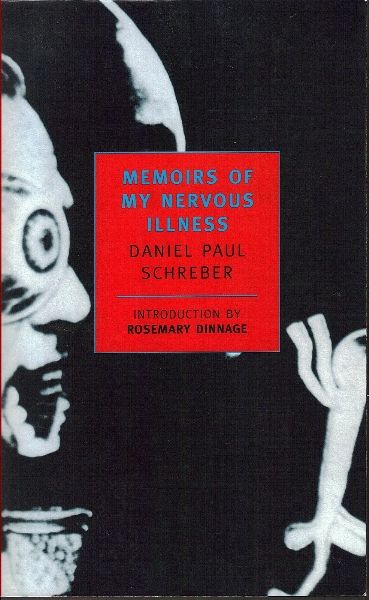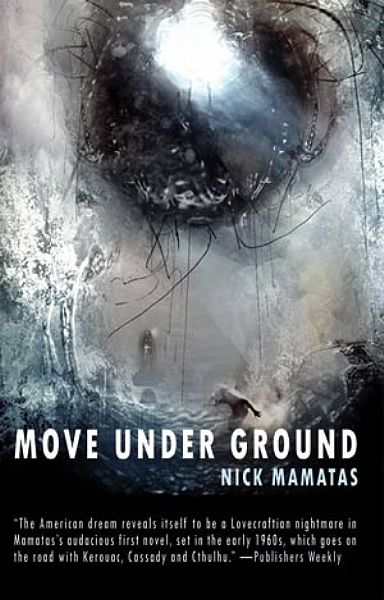The House of Rumour by Jake ArnottWhat links Fleming and Hess, SF and the occult?
Mark Lawson
guardian.co.ukFriday 29 June 2012 08.00 BST
Marshalling a cast list crammed with famous authors actual and invented, The House of Rumour also features some cheeky self-references to the writer whose sixth novel we are reading. An American scifi novelist abandons an idea because she doesn't want to get caught "in that world of fiction where reality and fantasy start to coincide", a genre that, Arnott readers smilingly appreciate, would prominently include his novels The Long Firm (1999), in which imagined gangsters mix with historical figures from the 1960s, and The Devil's Paintbrush (2009), which dramatises an incident in the life of the writer and occultist Aleister Crowley.
At another point in The House of Rumour, a made-up novelist – a Californian pulp fiction writer called Larry Zagorski – reads a real book, Nightmare Alley, published in 1947 by William Lindsay Gresham. Zagorski comments that "using the Major Arcana as a structure looks like a gimmick at first but in the end the Tarot bestows an ominous gravity on the narrative". In a typical example of the games this novel plays, this analysis comes in a rare chapter in the book that doesn't take its title from the Major Arcana of the Tarot cards. Gresham's wife, Joy Davidman, left him to marry CS Lewis, an affair fictionalised in William Nicholson's film and play Shadowlands, so he is a particularly appropriate figure to turn up in a story that delights in unexpected connections between literary figures and historical events.
As the book opens, in 2011, the ageing Zagorski, a nonagenarian relic of the mid-20th-century golden age of scifi, is reading a newspaper obituary. It is of Sir Marius Trevelyan, a former British intelligence officer, who was involved in the bizarre incident in 1941 when the Nazi Rudolph Hess crash-landed in Scotland, apparently seeking to negotiate peace terms.
Loosely linked by the literary and romantic career of Zagorski over 70 years, the novel constantly switches points of view, a fragmentary technique Arnott has favoured since The Long Firm. Some sections are told from the perspective of Hess, both on his Scottish flight and subsequently as a prisoner in Berlin, in the joint custody of four powers.
The most significant participants in the story, though, are all famous writers. Continuing the fascination he showed in The Devil's Paintbrush, Arnott again employs Aleister Crowley as a catalyst. These scenes are heavily informed by Richard Spence's recent biography, Secret Agent 666, which suggested that the Satanist was a wartime triple agent. It's probably sensible that the novelist only alludes in one line to claims that Crowley held a black mass in Sussex, attended by Churchill, in an attempt to influence the war effort.
What most engages Arnott are the suggested connections between Crowley and Ian Fleming, another in the book's relay of historical antagonists, who, as an intelligence officer, may have worked with the necromantic in a false propaganda unit during the second world war. Crowley also influenced another of the characters, the American scifi writer L Ron Hubbard, who went on to form the Church of Scientology.
However, the most compelling of the real-life personae whom Arnott animates is Katharine Burdekin (1896-1963), a peripheral member of the Bloomsbury Group who, under the pseudonym Murray Constantine, in 1937 published Swastika Night, a future fantasy in which the Nazis have achieved global domination and Hitler is worshipped as a god. Although written before the war, the book can be read as prophesying various events, including even the flight of Hess; one of The House of Rumour's recurrent concerns is the possibilities of predicting or affecting the future, through scifi or darker arts.
In a novel filled with open or oblique cultural references and allusions, readers may also detect some undeclared ones. The structure, in which apparently unrelated narratives accumulate into an alternative history of the 20th century, hints at the sympathetic effect of Don DeLillo's epic of American paranoia, Underworld. Like DeLillo, Arnott makes clever, subtle connections between the discrete narratives: words such as "mistletoe" and "labyrinth", for example, echo resonantly between the sections.
I also suspect the influence of the work of the documentary-maker Adam Curtis. As in Curtis's series such as The Power of Nightmares, there is a gleeful, teasing joining of improbable dots. The creator of James Bond interrogates, in wartime, the author of an apparently prophetic scifi novel; an American scifi writer spots an opportunity in American tax laws to create a powerful religion with a grip on Hollywood stars; and Rudolph Hess, in jail in Germany, develops an obsession with the Apollo moon shots, on which some of his former German colleagues worked. For Arnott, as for Curtis, history does not fall neatly into periods and presidencies, as it is taught at school, but accretes secretly and strangely in a sweep across decades or even centuries.
Unlike Curtis, though, whose softly ironic narrating voice drives his films, Arnott vanishes behind an impressive facility with voices and pastiche. Most chapters introduce a new style as well as viewpoint: the doings of Commander Ian Fleming are recounted in a James Bond parody; the story of Katharine Burdekin is framed as Quentin Bell-like diary entries; and the career of Zagorski is told through a perfectly captured fan magazine profile.
The fact that Arnott's early books used the form of gangster yarns encouraged a tendency to categorise him as a sort of bookish Guy Ritchie. Recent novels, though, have broken free from this narrow definition of his range and this novel confirms his escape. A conspiracy thriller filled with bewildering connections, dark conjecture and arcane information, The House of Rumour perhaps most resembles The Da Vinci Code, rewritten by an author with the gifts of characterisation, wit and literacy. It may be the ideal holiday read for those who like to take their brains with them on vacation.









